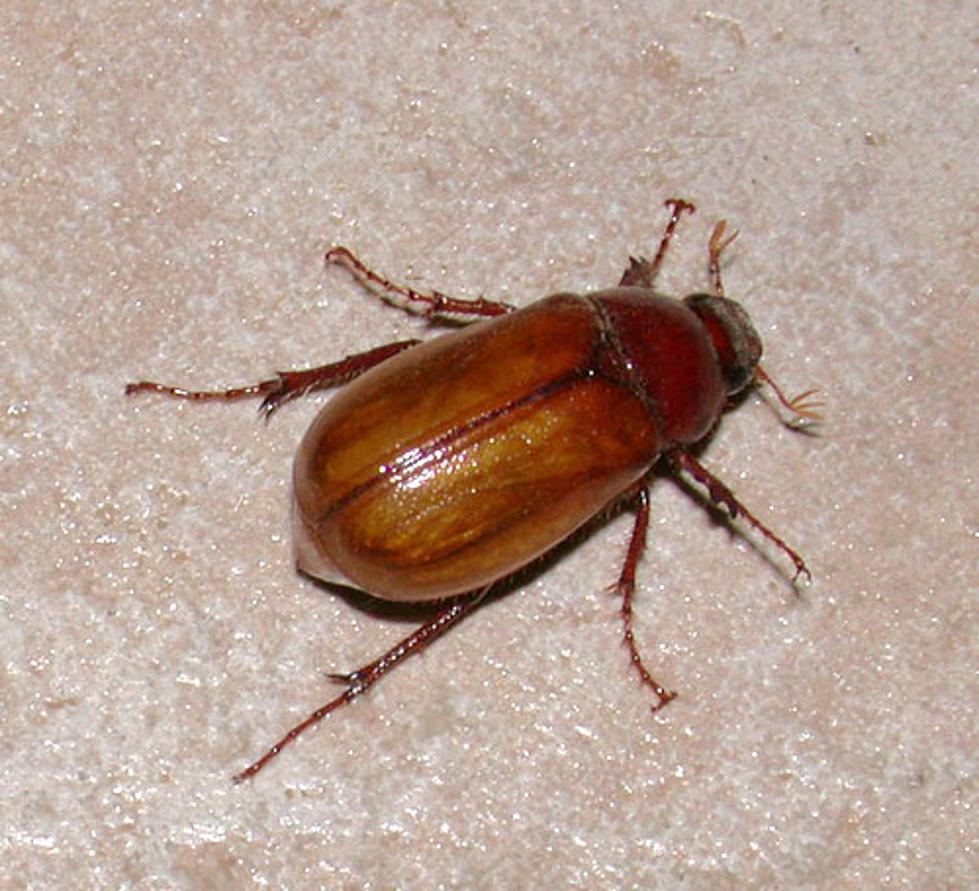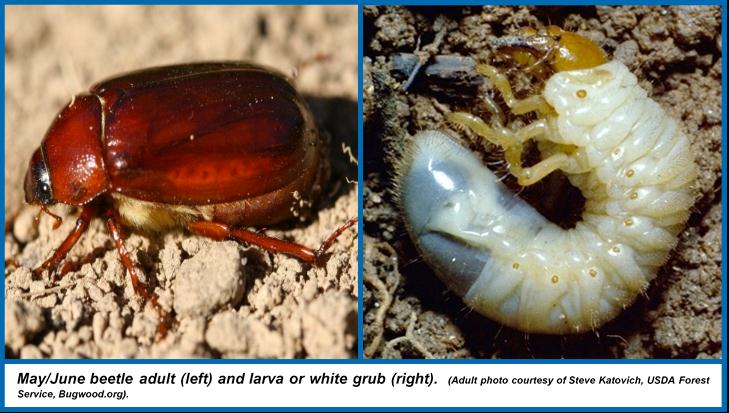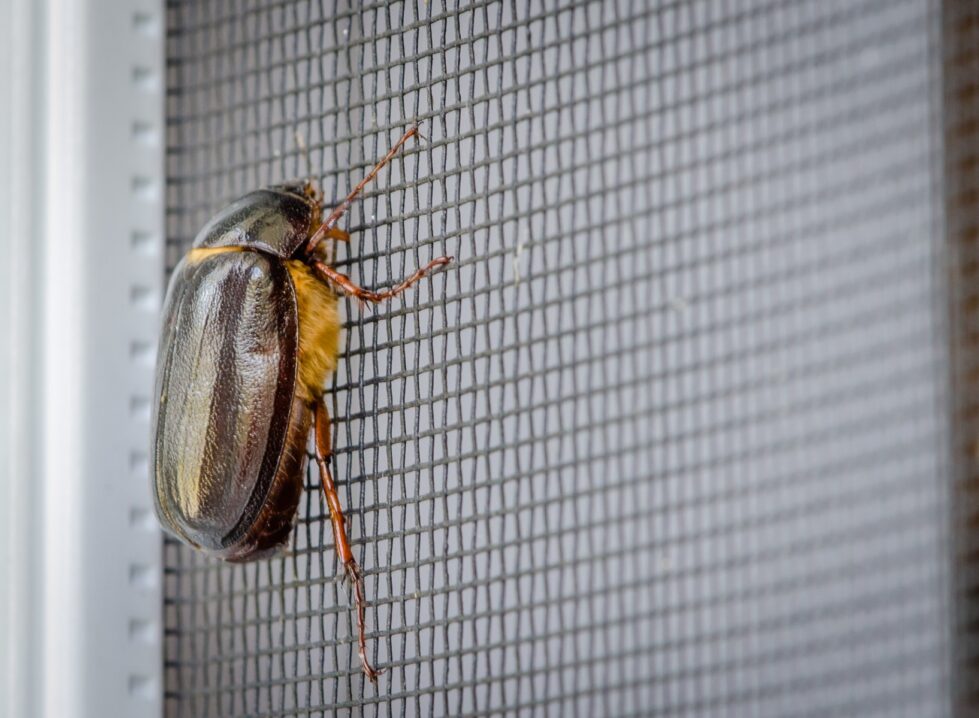What are June bugs, and should I be worried about them around my home and garden?
June is the month for enjoying summer and all the warm weather, but it also brings with it a few unwanted visitors. The brown flying bugs that show up are called June Bugs (aka June Beetles) and they can be quite pesky. However, there are ways to get rid of them if you know where to look!
We’ll share tips about what June bugs are, and how to keep these bugs away from your garden and home this summer.
What are June Bugs?
June bugs are not actually bugs, they are a type of beetle. The June beetle, (genus Phyllophaga), also called May beetle or June bug, is a genus of nearly 300 species of beetles belonging to the widely distributed plant-eating subfamily Melolonthinae.

The name “June bug” comes from the month of June, which is when we usually see them in the United States. Although they are usually called June beetles, they don’t actually have any connection to the month of June. They’re called this because they come out during that time of year and they’re often attracted to lights at night. Adult males can be seen flying around lights at night between May and July looking for females to mate with.
What do June Bugs Eat?
June bugs live in wet, moist environments like decaying logs and leaves. Females lay eggs in small holes or cracks that she bites into (wood or bark) before laying her eggs inside them. The larvae live underground for about two years before becoming adults.
Adult June bugs eat foliage and flowers at night, sometimes causing considerable damage. June beetle larvae, called white grubs, live in the soil. They can destroy crops, (corn, small grains, potatoes, and strawberries), and they can kill lawns and pastures by severing grasses from their roots.
Are June Bugs a Problem Pest?
Yes, June bugs are indeed a pest insect! Here’s why: Adult June bugs eat flowers, plants and can be found anywhere there’s vegetation – this includes gardens, forests, etc. June bugs can destroy lawns, grass, and crops.
June bugs are a nuisance for homeowners. They’re not only annoying but can be costly and hazardous. To get rid of June bugs and prevent pests from getting out of hand, we have compiled the following information how to get rid of them.
How to Get Rid of June Bugs
If you’re wondering how to get rid of June bugs, start by targeting their larvae (or grubs) first beneath the surface of your lawn, before eliminating the adult June bug beetle population with either chemical or natural sprays, traps, and deterrents such as diatomaceous earth. Here are a few tips to get started with June bug control.
- Insect traps, sticky tape – trap adult June bugs to prevent further mating and eggs. You can buy insect traps at your local hardware store, or use a mixture of molasses and water to lure them in a narrow-necked bottle.
- Bug Zapper – a bug zapper set up will help reduce the adult June bug population, and mosquitos! Many
- Bacillus thuringiensis Products, Microbial Insecticides – Bt-sd and Bt-t are toxic to a limited range of leaf-eating beetle species and are now considered to be the most effective control for this destructive insect pest. These biological pesticides should be applied to the young larval stages, as they have no effect on adult beetles. Safe for people, pets, wildlife or fish. Read more about lesser toxic insecticides here
- As a last-ditch effort, you can apply insecticide in late summer, early fall – Although it’s best to avoid chemical insecticides if possible, a serious grub worm and June bug infestation is one case in which insecticides may be needed. The most effective chemical remedy is a product that contains carbaryl or trichlorfon. Please use this insecticide and any other chemical with caution if you have children or pets or bees! Carbaryl is toxic to fish, so avoid applying it where run-off to lakes and rivers is possible.
- Contact your local pest control company to assist you with an effective pest control program that will best suit your lawn and family needs.
Preventing June Bug Infestation
Preventing June bug infestation largely relies on controlling the larvae. The white grubs inhabiting lawns and gardens are what you need to worry about most, but reducing your use of fertilizers and spray chemicals can also help increase natural predators such as birds and small animals that eat grubs. Larger birds and bats will eat adult June bugs, and the presence of small predatory creatures such as toads and harmless garden snakes can help control June bugs.

On the flip side, adult June bugs can attract predators you may not want in your backyard, including parasitic wasps, snakes, tarantulas, skunks, voles, and moles. If this happens, you may have an even bigger pest problem on your hands.
Contact a wildlife removal specialist today if you need help with pests or nuisance wildlife problems.
Further Reading: Pest Control Tips for Summer

